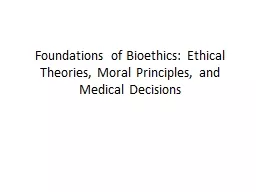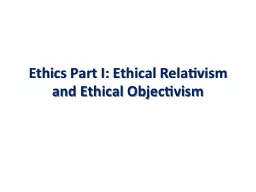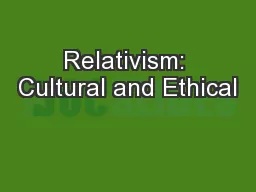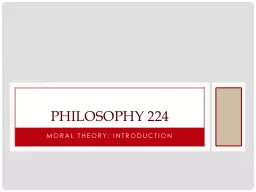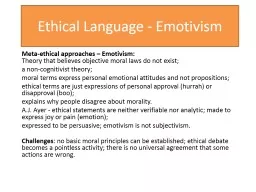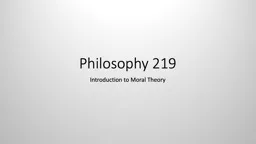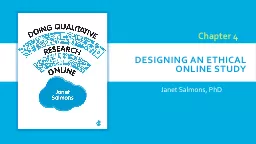PPT-Foundations of Bioethics: Ethical Theories, Moral Principle
Author : kittie-lecroy | Published Date : 2016-06-22
Introduction The branch of philosophy concerned with principles that allow us to make decisions about what is right and wrong is called ethics or moral philosophy
Presentation Embed Code
Download Presentation
Download Presentation The PPT/PDF document "Foundations of Bioethics: Ethical Theori..." is the property of its rightful owner. Permission is granted to download and print the materials on this website for personal, non-commercial use only, and to display it on your personal computer provided you do not modify the materials and that you retain all copyright notices contained in the materials. By downloading content from our website, you accept the terms of this agreement.
Foundations of Bioethics: Ethical Theories, Moral Principle: Transcript
Download Rules Of Document
"Foundations of Bioethics: Ethical Theories, Moral Principle"The content belongs to its owner. You may download and print it for personal use, without modification, and keep all copyright notices. By downloading, you agree to these terms.
Related Documents

